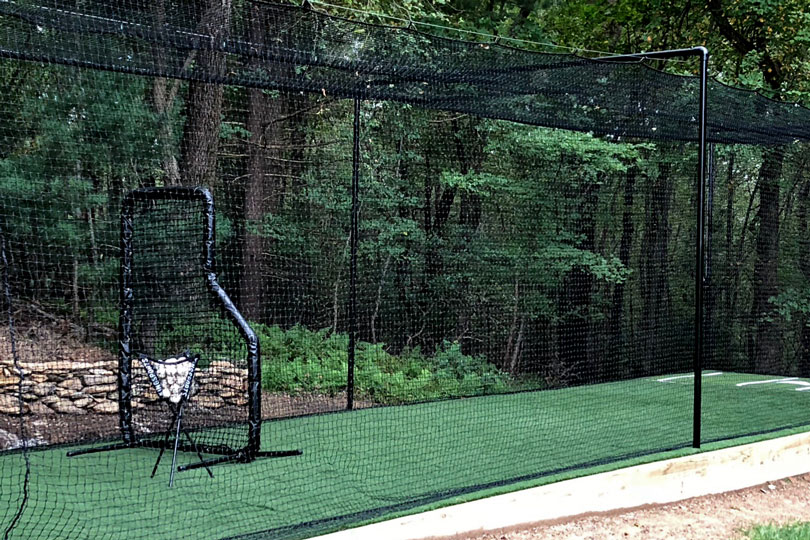How to Prevent and Quickly Control Asthma During Attacks
Imagine what it would be like to be fine one minute, a normal, healthy person with a full breath of air in your lungs. Then, after an innocent whiff of the “wrong” flower or pet or perfume, you’ve suddenly fighting for your next breath, gasping for life-giving air as your chest feels like it’s caught in a vise.
As many as 10 percent Americans know this feeling. They’re asthmatic. More than half the cases of asthma in children and young adults are allergic asthma. And most know the quickest relief comes from using their medication as directed, especially during an attack. But there are other ways to quickly control asthma.
Sip a cup of hot soup. Actually, any warm liquid may lessen the severity of asthma attacks and quickly relieve them when they occur. Cold liquids irritate bronchial tubes, while warm liquids have the opposite effect. Even during an attack, warm drinks can soothe it in 5 to 60 minutes. During the day of an attack, I recommend drinking between six and eight glasses of warm water or another drink, continuing even after the attack ends. Every day you should have at least four to six glasses. The more liquids you consume, the less thick your mucus will be. And you don’t wan thick mucus.
Have a cup of tea. That’s regular tea, not herbal. Regular coffee will work, too. The caffeine opens airways much like the inhalers used by asthmatics. The relief the caffeine brings isn’t as quick as that from an inhaler, but it’s just as effective-and a good thing to know if you have asthma and you forget to bring your inhaler. Cola will in a pinch, although if it’s cold it can irritate bronchial tubes.
Get a flu shot. Viruses are one of the key factors that trigger asthma attacks. So get a flu shot every year.
Take time to acclimate to temperature changes. Any extreme of weather can trigger an attack, so take 5 minutes or so to try to acclimate. If you’re coming from one extreme outside to another inside, stand in the foyer-or another place cooler than the rest of the building-for a few minutes to get your body used to the difference. And when it’s cold, take an extra minute or so to put mask or scarf over your face and cover your neck.
Evacuate during house cleanings. If you have asthma, leave the house while it’s being cleaned. And when the house is being painted, plan to take a full week’s vacation.
Take your medicine before gardening. You don’t have to give up gardening. Some asthmatics even report overcoming garden allergies altogether by faithfully pre-treating.
Free breathing at once. If you have an asthmatic child who’s unable to breath, lightly pound him on the back, using a cupped hand. This series of gentle blows can dislodge mucus that accumulates in the trachea and obstructs breathing. To boost this treatment’s effectiveness, make sure the child’s head is below his waist.
Uncork mucus with a hearty morning cough. The cough reflex shuts down during sleep, but a hearty morning cough uncorks much of the mucus that can accumulate overnight in the bronchial tree.
Use your inhaler properly. Between 20 and 75 percent of people who use metered-dose inhalers to relieve their asthma are using them incorrectly. You should place the inhaler about an inch and a half away from your mouth and begin breathing in before activating the inhaler. Hold your breath for 10 seconds and then breathe out normally.
Encourage kids to drink lots of liquids. Use a shot glass to trick kids into drinking more liquids than they might want. Children can be fooled into drinking the right amount of fluids by giving them a shot of liquid every 10 to 15 minutes.
Have a wheezing baby checked immediately. Don’t wait-run to your doctor if you hear your baby wheezing. Breathing problems in an infant can become critical in a matter of hours. A pregnant woman with asthma symptoms should call a doctor also; if she can’t breathe, neither can her baby.
Stick with methodical sports. Some exercise can trigger an asthmatic reaction that starts 6 or 7 minutes after exercise begins. But sport such as baseball, doubles in tennis, and golf are okay: They don’t require the constant prolonged movement that can cause an asthma attack.
Think positively to breathe positively. Asthma, like other chronic diseases such as migraines and pain syndromes associated with cancer, can be treated with biofeedback, self-hypnosis, and other relaxation techniques. And that can be done in about 25 minutes a day.
Meanwhile, a study from England showed that asthmatics who regularly practice yoga breathing exercises significantly improved their condition.
It’s the old business of mind over matter. The mind and body are highly connected, and thinking good thoughts and practicing positive imagery can improve some physical conditions. In past studies, we have found that some children who have learned self-hypnosis improved their asthma significantly. In a matter of a few days, you can learn self-hypnosis well enough to do the same.
Short of medication, what I often recommend for asthma is relaxation. What happens with asthma is you’re hungry for air so you panic and the panic tends to make asthma worse. Simply relaxing the way you usually relax is one of the best treatments you can give yourself-and relaxation can help soothe an asthma attack in about 15 to 20 minutes.



